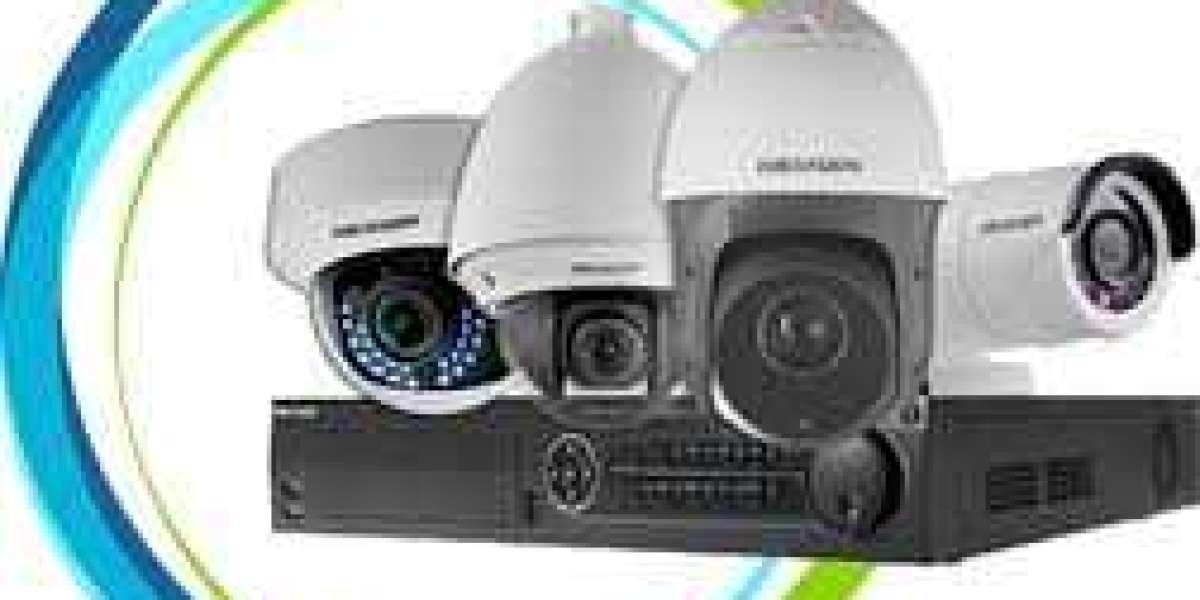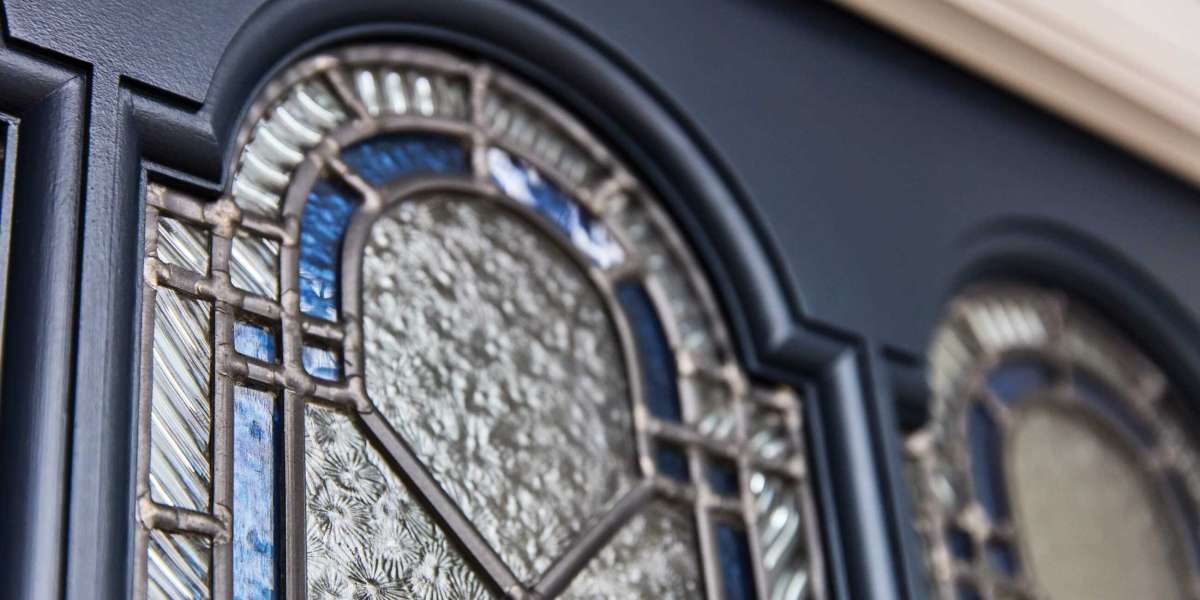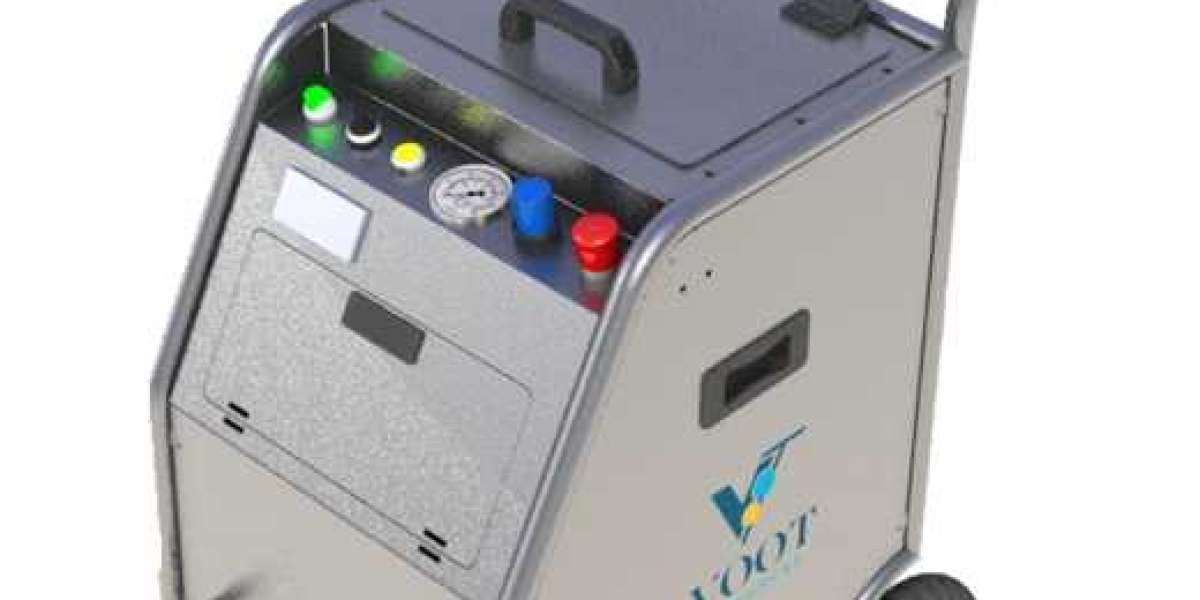In an era where safety and security are paramount concerns, the installation of security cameras has become a crucial aspect of both residential and commercial properties. These cameras serve as vigilant eyes, monitoring surroundings and deterring potential threats. However, the effectiveness of security cameras hinges not only on their quality but also on their strategic placement and proper installation. In this guide, we delve into the essentials of security camera installation, offering insights and tips to ensure optimal performance and peace of mind.
Assessing Security Needs: Before diving into the installation process, it's essential to assess your security requirements. Identify key areas that require surveillance, such as entry points, blind spots, and high-traffic zones. Consider the type of threats you anticipate and the level of detail needed for identification purposes. This initial assessment will guide you in selecting the appropriate camera types and placements.
Choosing the Right Cameras: Security cameras come in various types, each designed for specific purposes and environments. Options range from traditional analog cameras to advanced IP cameras with high-definition resolution and smart features. Factors to consider include image quality, field of view, night vision capabilities, weather resistance, and remote access features. Select cameras that align with your security needs and budget constraints.
Determining Camera Placement: Strategic placement is crucial for maximizing the effectiveness of security cameras. Aim to cover all entry points, including doors, windows, and gates, as well as vulnerable areas like garages and backyards. Consider mounting cameras at eye level to capture facial details and ensure proper lighting conditions for clear footage. Additionally, conceal cameras from potential tampering or vandalism while maintaining a wide field of view.
Ensuring Proper Wiring and Connectivity: Proper wiring and connectivity are essential for the seamless operation of security cameras. If opting for wired cameras, plan the routing of cables to avoid exposure and potential damage. Conceal wires within walls, ceilings, or conduit systems for a neat and secure installation. For wireless cameras, ensure a stable Wi-Fi connection and consider factors like signal strength and potential interference.
Securing Power Sources: Reliable power sources are critical to maintaining continuous surveillance. Ensure cameras are connected to stable power outlets or utilize backup power solutions like batteries or uninterruptible power supplies (UPS). Consider employing power surge protectors to safeguard cameras against voltage fluctuations and electrical surges, especially in outdoor installations exposed to the elements.
Configuring Monitoring and Recording Systems: Once cameras are installed, configure monitoring and recording systems to capture and store footage effectively. Set up motion detection settings to trigger recordings upon activity and establish recording schedules based on surveillance needs. Consider integrating cameras with cloud storage services or dedicated DVR/NVR systems for secure storage and easy access to archived footage.
Testing and Maintenance: After installation, thoroughly test each camera to ensure proper functionality and optimal positioning. Adjust camera angles and settings as needed to achieve the desired surveillance coverage. Develop a routine maintenance schedule to inspect cameras for any signs of damage, dirt, or misalignment. Regularly clean lenses and housing to maintain image clarity and extend the lifespan of your security system.
In conclusion, the installation of security cameras plays a pivotal role in enhancing safety and surveillance capabilities. By carefully assessing security needs, selecting suitable cameras, and implementing proper installation practices, individuals and businesses can establish robust security systems to protect their assets and premises. Remember, the effectiveness of security cameras relies not only on technology but also on strategic planning and meticulous execution.



